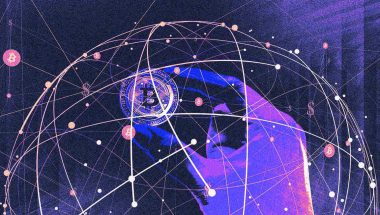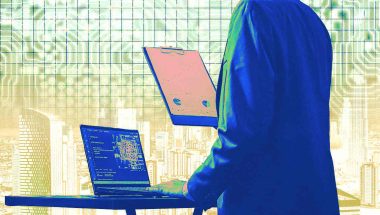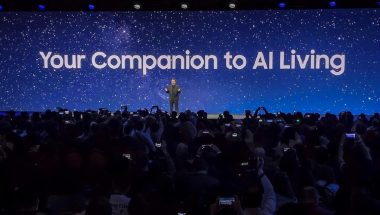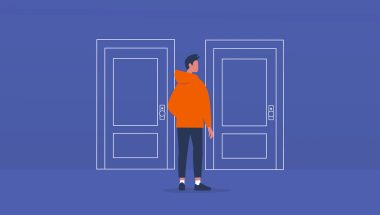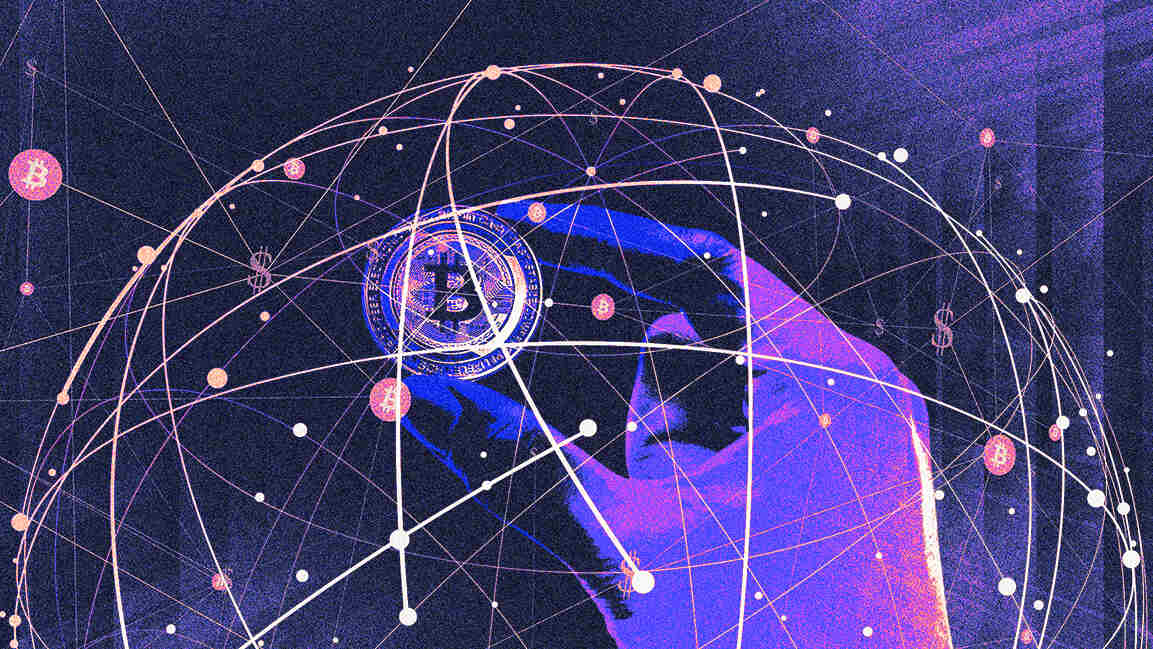- | 9:00 am
After hybrid work, is the Middle East ready for hybrid education?
Digital tools open up new models for learning, which – if integrated with traditional approaches – can enhance our educational system

The educational landscape has radically transformed. Learners can access high-quality, informative content at their own pace and schedule.
They can revisit lectures, pause them, and take notes as needed.
But is it all smooth sailing?
The transition to online learning was a seismic shift, opening up new possibilities for students. Virtual classrooms and YouTube are abuzz with activity, offering students an innovative and dynamic way to learn.
“Learning has become more individualized, considering each student’s unique needs. The expectation towards the role of the teacher has changed – teachers are now expected to meet each student halfway, if not all the way, and figure out which learning approach will be successful at transmitting the information,” says Amani Sabri, an educational counselor based in Beirut.
In classrooms, students are no longer addressed as a single group but rather divided into smaller parts, with each student having a different story to tell, adds Sabri. “Games, quizzes, and other interactive elements are used to create a more engaging and immersive learning experience.”
Online learning is fast, flexible, and accessible to anyone with an internet connection. It provides unrestricted access to course materials, customizable learning paths, and personalized feedback, allowing working adults, for instance, to upskill and advance their careers at their own pace.
CHALLENGES IN ONLINE LEARNING
However, online learning creates a digital divide – separating those with access to technology from those who don’t have access to e-learning platforms, which puts them at a disadvantage.
Also, compared to the traditional route, which offers accreditation and quality assurance, e-learning podiums lack a cohesive set of standards that safeguard quality offerings.
“The future of education must address the unattended and unsolved issues of the past,” says Nyla Khan, the co-founder of Mirai Partners, a Dubai-based learning consulting agency.
“The reality is we still operate schools where learning poverty is an issue for an estimated 70% of children in middle and low-income countries. Classrooms still follow a content-heavy and teacher-directed model. While technology can help in certain aspects, it can only do so much,” adds Khan.
The lack of social interaction is another concern in online education. The contactless nature of e-learning can be isolating, as it often lacks the traditional social interaction structure – building relationships with teachers and peers, group project collaborations, and extracurricular activities.
Moreover, the lack of accountability on virtual platforms can sway the individual’s level of engagement and leadership skills.
ONLINE VS TRADITIONAL
Mirvat Al-Achram, an online learner based in Lebanon, describes education as a direct and personal experience, with particular attention paid to discipline, attendance, and timing.
“The schedule was almost sacred, and the direct relationship with professors made it almost revered. The accountability to classmates and the motivation to succeed together was a powerful driving force. However, online learning has weakened the bond between students, with technical glitches and a lack of individual attention from professors,” adds Mirvat.
While acknowledging the value of real-life lectures, she believes that online learning can provide valuable opportunities for self-directed learning, flexibility, and convenience.
“An educational institution is not just a place to absorb information, but a community for social exchange and debate. As a result, swiping through online lectures can never replace the value of real-world interaction and learning,” says Mirvat.
Nagham Omran, a neuroscience and psychology student, says social anxiety can come with spending much time at home rather than in school, alluding to returning to college post-pandemic.
“School teaches you communication and social skills that were dormant when I was in an online school. Coming back to in-person school was almost terrifying.”
“The best part was that it gave us control over how we would spend our time and go to classes when best suited us. But, there was no accountability. There was no need to study for a test when you could have your notes and Google with you.”
Explaining more about the downside of online learning, Nagham says, “Upon returning to the in-person school after one year of virtual education, my marks dropped from the 80s and 90s to barely passing. Right now, my school is combining online and in-person learning, which is a great middle ground.”
Despite these challenges, pioneering online learning initiatives are swarming in the region. You’ll find everything from straightforward college courses to professional development and learning new hobbies.
While online education introduced exciting new ways to learn, just as often it showed how limiting tech-centric approaches can be, technology will always play a major role in education’s future.
Education will become increasingly digital, but we must find out how to make education, with a mix of online and traditional learning, accessible for everyone by thinking more broadly about what learning is and where and how it happens.










